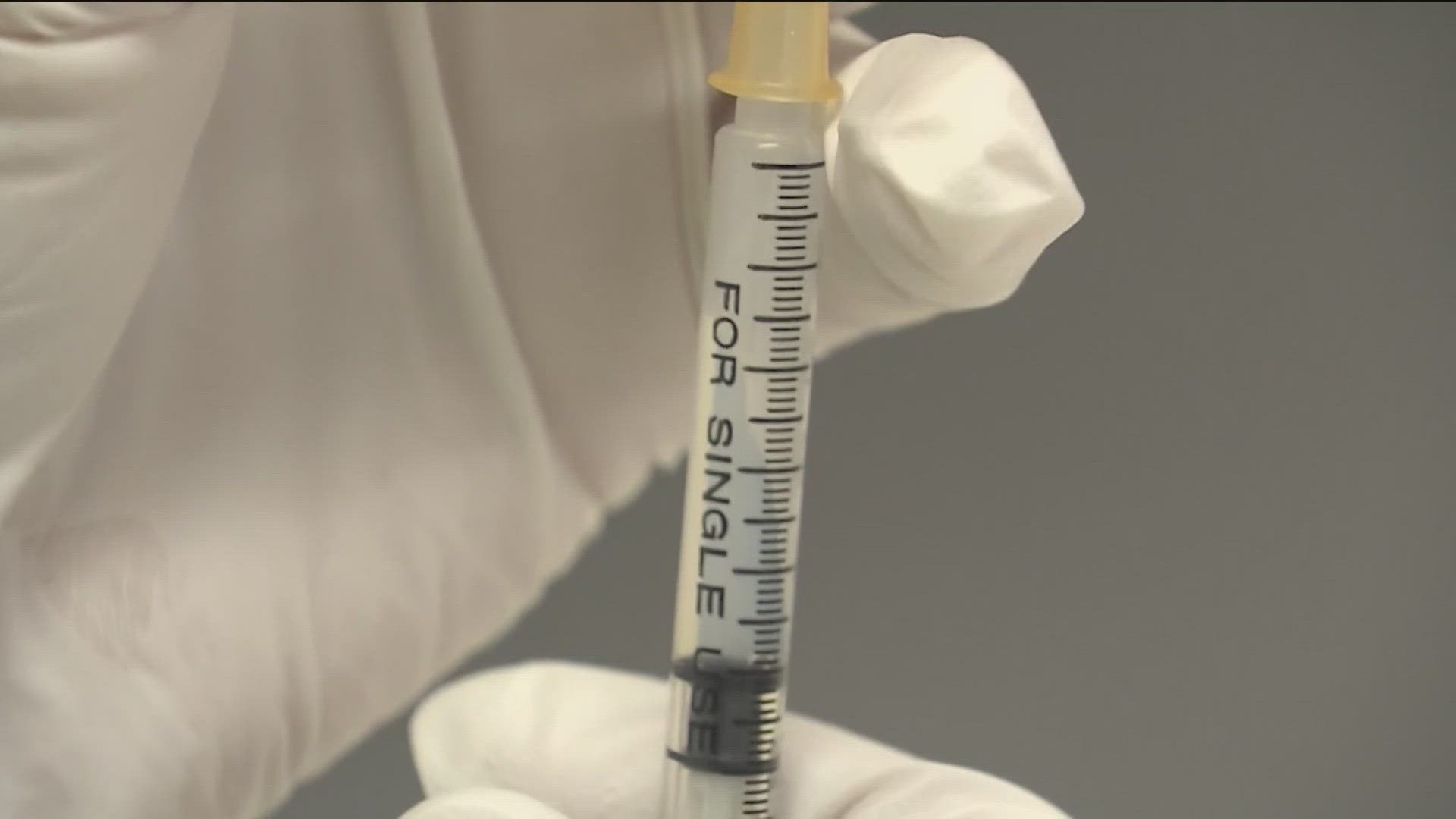BOISE, Idaho — Editor's Note: This article was updated to correct an error. An earlier version stated IDOC's asymptomatic cases were well above the estimate given by the CDC. Upon further review, the asymptomatic cases fall in line with the estimate. 94% of the positive cases are asymptomatic, but after comparing to the total amount of people tested, it ends up being 39% who are asymptomatic.
If someone without symptoms tests positive for the coronavirus, they're considered asymptomatic. The CDC estimates that around 30% to 50% of the population could be in that category.
IDOC has so far tested 1,610 inmates. Of those, 820 were negative and 685 were positive. Of the positive cases, 641 of them were asymptomatic, which is about 94%.
To put that number into perspective, the Idaho Department of Health and Welfare said that 15% of their lab-confirmed cases are asymptomatic.
“We knew there would be high numbers, we weren't exactly sure how high they'd be,” IDOC Deputy Director Bree Derrick said. “We have mass testing happening really on two fronts.”
While a majority of the confirmed cases are asymptomatic, roughly 39% of the inmates who've been tested altogether are asymptomatic. This falls into the CDC range.
IDOC is working on mass testing both the people who are incarcerated and the staff at the prisons. Right now, their focus is on Idaho State Correctional Center near Kuna, where the state's first confirmed case of COVID-19 in an inmate was confirmed late last month.
IDOC officials were still surprised by the number of asymptomatic inmates at the prison.
“Yes, I think we are,” she said. “There was a lot to learn from other states and when we talked to our counterparts in Tennessee or Colorado, I think they told us to expect a whole host of asymptomatic positives.”
RELATED: IDOC begins mass testing of inmates after 3 test positive for COVID-19 at prison south of Boise
The deputy director did say it's possible the inmates could be lying about their lack of symptoms, but she added that IDOC is actively monitoring inmates, by sending in officers and nurses to take temperatures and check conditions.
“We have a medical presence and people laying eyes on the individuals who are incarcerated and looking for anyone who looks sick or is behaving differently or reporting symptoms,” she said.
Some of the 41 inmates showing symptoms kept it to themselves initially.
“Maybe they weren't sure it was COVID-related or they didn't want to make a big deal out of it,” Derrick said. “And just kind of kept that information quiet.”
Brandon Atkins with Central District Health said the inmates who've been tested is still a small sample size overall.
“Our data is really inflated with the numbers we're seeing right now,” he said. “We probably need to give it a couple of weeks so that we can see what it looks like over time and see if that stays true to form.”
He said there are a couple of reasons why the numbers could be the way they are. One of them is due to the mass testing.
“We underestimate the number of cases that are actually in our communities because not as many people are being tested,” he said.
Another reason is due to how men and women’s lifestyles are in prison compared to people who aren’t incarcerated.
“If we were inmates at the prison, we may be rooming together and eating together and being outside together and doing all kinds of things together,” he said.
IDOC expects to finish its mass testing of inmates this week.
Atkins wants to remind people to continue to take this virus seriously. He said it’s important to realize this is one snapshot of the virus and not the bigger picture. He also pointed out that the CDC is reporting COVID-19 is responsible for the deaths of more than 135,000 Americans at this point.
Facts not fear: More on coronavirus
See our latest updates in our YouTube playlist:



